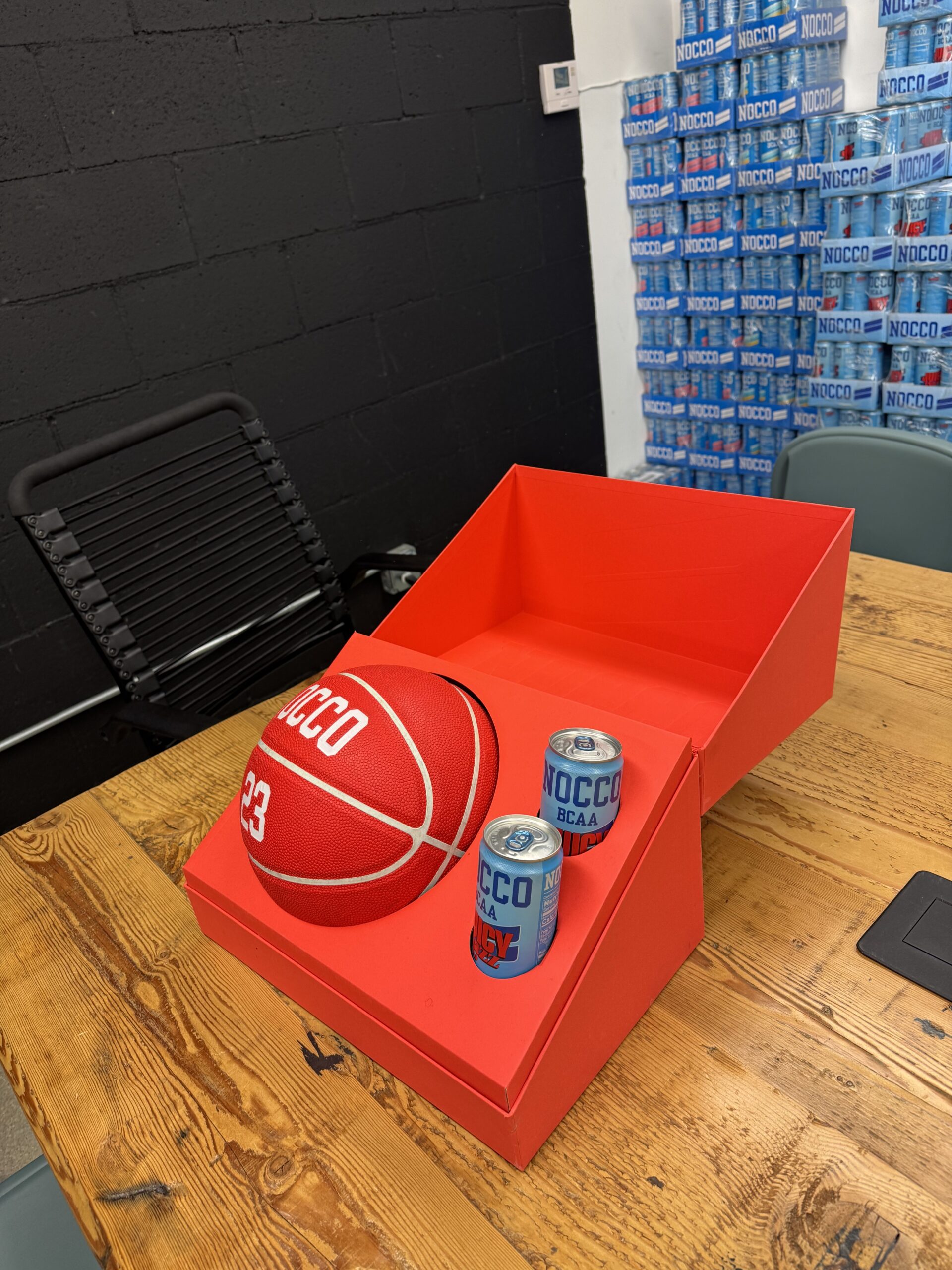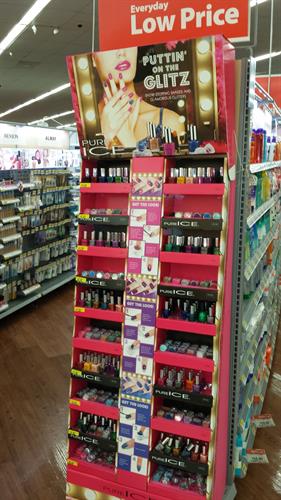Home » Summer Heat and Its Effect on Packaging: Understanding the Risks and Mitigating Them
Summer Heat and Its Effect on Packaging: Understanding the Risks and Mitigating Them

Summer is a season of warm weather and outdoor activities that brings joy to many people. However, for businesses that rely on packaging to transport and store their products, summer can be a challenging season. The high temperatures can have a significant impact on packaging, leading to damage and even product loss.
Quick Overview: Summer Heat Vs Packaging
In this article, we will discuss the following topics:
- Understanding the Impact of Heat on Packaging
- Common Types of Packaging Materials and Their Vulnerability to Heat
- The Impact of Heat on Different Types of Products
- Tips for Mitigating the Risks of Heat on Packaging
- Impact of Heat on Packaging Costs
- Environmental Impact of Heat-Damaged Packaging
- Regulations and Standards for Heat-Resistant Packaging
- Emerging Technologies for Heat-Resistant Packaging
- Importance of Effective Communication with Customers
By the end of this article, you will have a better understanding of the steps you can take to safeguard your products during the summer months and maintain your reputation for quality and reliability.
Understanding the Impact of Heat on Packaging
Packaging is designed to protect products from various environmental factors, such as moisture, light, and temperature. However, extreme heat can compromise the integrity of the packaging and make it less effective in safeguarding the product. When exposed to high temperatures, packaging materials can shrink, warp, or melt, leading to leaks, cracks, or breaks. This can result in product spoilage, contamination, or even loss.
Common Types of Packaging Materials and Their Vulnerability to Heat
Different packaging materials have varying degrees of susceptibility to heat damage. Plastic packaging, for example, is widely used because it is durable, lightweight, and cost-effective. However, plastic is vulnerable to heat, and exposure to high temperatures can cause it to warp or melt, compromising the product’s safety. Glass packaging is popular for products such as beverages, sauces, and jams. While glass is less susceptible to heat damage than plastic, it can still crack or break when exposed to extreme temperatures, leading to product loss. Metal packaging, such as cans and tins, is sturdy and can withstand high temperatures.
The Impact of Heat on Different Types of Products
Different types of products have varying degrees of vulnerability to heat damage. For example, food and beverage products are highly susceptible to spoilage and contamination when exposed to high temperatures. Heat-sensitive products, such as pharmaceuticals and cosmetics, can lose their efficacy or even become hazardous when exposed to extreme heat.

Tips for Mitigating the Risks of Heat on Packaging
Businesses can take several steps to mitigate the risks of heat damage on packaging. Choosing packaging materials that are resistant to heat, such as metal or insulated packaging, can be effective. Storing products in temperature-controlled environments, such as refrigerators or air-conditioned rooms, can help prevent heat damage. Using protective packaging, such as bubble wrap or foam inserts, can provide an extra layer of insulation and protection for products during transportation and storage. Regular monitoring and tracking of products can help identify any signs of heat damage early and take appropriate action to prevent product loss or spoilage.
Impact of Heat on Packaging Costs
Heat damage to packaging can lead to product loss, which can result in increased costs for businesses. For example, businesses may need to replace damaged packaging, reship products, or issue refunds to customers. In addition, heat damage can also result in delays in product delivery, which can further impact business costs. Understanding the financial impact of heat damage on packaging can help businesses prioritize investments in heat-resistant packaging materials and temperature-controlled storage.

Environmental Impact of Heat-Damaged Packaging
Heat-damaged packaging can also have environmental implications. For example, products that spoil or become contaminated due to heat damage may need to be disposed of, leading to waste. In addition, heat-damaged packaging may not be recyclable, further contributing to environmental issues. Businesses can reduce their environmental impact by choosing packaging materials that are recyclable, biodegradable, or compostable and implementing sustainable packaging practices.
Regulations and Standards for Heat-Resistant Packaging
Regulations and standards for heat-resistant packaging vary depending on the type of product and industry. For example, the US Food and Drug Administration (FDA) has specific regulations for packaging materials used for food and drug products. Understanding
regulatory requirements and industry standards for heat-resistant packaging can help businesses ensure their products meet safety and quality standards.

Emerging Technologies for Heat-Resistant Packaging
Advances in technology have led to the development of new packaging materials that are more resistant to heat damage. For example, researchers are exploring the use of nanotechnology to create heat-resistant packaging materials that can protect products from high temperatures. Other innovations include the use of biodegradable or compostable materials that are both environmentally friendly and heat-resistant. Keeping abreast of emerging technologies in heat-resistant packaging can help businesses stay competitive and improve product quality.
Importance of Effective Communication with Customers
Effective communication with customers is crucial in ensuring they understand the risks associated with summer heat and packaging. Businesses can use various channels, such as social media, email, or packaging inserts, to inform customers about the importance of proper storage and handling of products during summer months. By educating customers, businesses can minimize the risk of product loss or damage due to heat, leading to increased customer satisfaction and loyalty.
Summary: Summer Heat Vs Packaging
In conclusion, summer heat can have a significant impact on packaging, leading to product loss, contamination, or spoilage. Businesses must understand the risks associated with heat damage and take appropriate steps to mitigate them. By choosing heat-resistant packaging materials, storing products in temperature-controlled environments, using protective packaging, and monitoring products regularly, businesses can safeguard their products and improve their bottom line.
Additionally, businesses should prioritize sustainability, stay up-to-date with emerging technologies, and communicate effectively with customers to minimize the environmental and financial impact of heat-damaged packaging. By taking these measures, businesses can ensure that their products reach customers in the best possible condition and maintain their reputation for quality and reliability.
If you are interested with packaging solutions with reliable durability to summer heat, then partner with Brown Packaging today to get started.
RSC boxes are known for their efficiency and versatility, but their performance ultimately comes down to strength. Buyers often see numbers like ECT, BCT, and
In packaging, foam isn’t just about initial protection — it’s about maintaining performance over the entire shipping or storage cycle. Compression set and recovery characteristics
Pouches are a go-to for flexibility and convenience, but they can fail in critical ways—from poor seals to punctures and delamination—that hurt performance and brand
In the retail environment, the placement of Point of Purchase (POP) displays is just as critical as their design and content. Strategic positioning can significantly
Choosing the right foam density isn’t about “soft” versus “hard” — it’s about controlling shock transmission and matching the foam’s cushioning curve to the product’s
Moisture resistance and dimensional stability are critical performance factors for custom inserts, especially when products are shipped or stored in variable climates. Both foam and
Home » Summer Heat and Its Effect on Packaging: Understanding the Risks and Mitigating Them

Before committing to a full production run, businesses often receive packaging samples to evaluate fit, functionality, print quality, and overall design. Whether it’s a digital

Custom packaging is an invaluable tool for businesses aiming to make a memorable impression, protect their products, and reinforce their brand identity. While it offers

Creating an effective Point of Purchase (POP) display can be a game changer for any retail business, influencing buying decisions and enhancing product visibility. For


